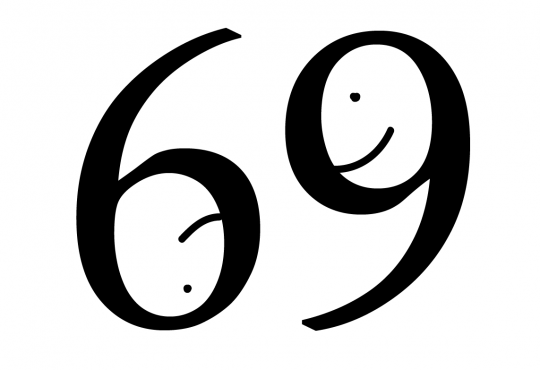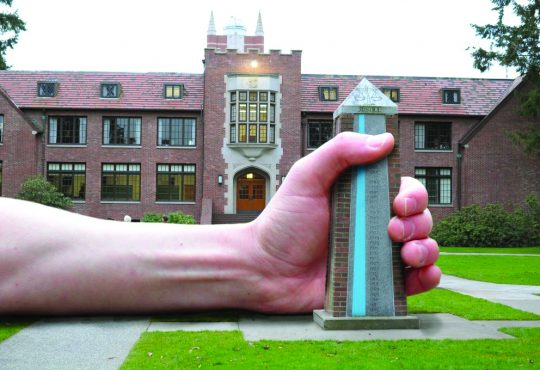“O G-spot, G-spot, where art thou, G-spot?” Everyone is in search to find the G-spot. Although there are countless books, articles, videos and gadgets aimed at helping people find the G-spot, there is still debate as to whether or not it actually exists. While some people claim that they have found this magic pleasure spot, others are unsure.
The G-spot, named after the German gynecologist Ernst Gräfenberg, is located only a few inches in on the upper wall of the vagina. Some describe this mysterious erogenous spot to have the texture of a walnut or the roof of a mouth that swells and gets bigger the more aroused a person becomes. Once aroused, the G-spot can be stimulated from pressure, vibration, or both. G-spot orgasms have been connected with intense orgasms and female ejaculation, more commonly known as “squirting.”
A review of a study was recently published by two Italian sex researchers, Vincenzo Puppo and Giulia Puppo, which claims that there is no such thing as a “vaginal orgasm” or “G-spot.” They say that the G-spot theory may have had little and invalid medical evidence to support it. However, they explain that female-bodied folks have “female orgasms” instead, which stem from the clitoris.
To be clear, Puppo and Puppo are not dismissing the fact that people are experiencing pleasure from what they believe is the G-spot. Instead, they agree with scientist Emmanuele A. Jannini’s claim that there is an “intimate area” that is a bigger, more complex area rather than a singular spot which is made up of the clitoris, vagina and urethra. The name for this intimate area? A mouthful: the “clitourethrovaginal, or CUV, complex.” Jannini explains that it is the reactions from the CUV complex that cause the sensation of a G-spot orgasm. Who knew orgasms could be this complicated?
Surprisingly, the G-spot can cause more harm than good. “I know where [my G-spot] should be,” senior Lorelai said, “but I’ve never had an orgasm from it.” People think that they should be experiencing a magical realm of pleasure, and if they aren’t, they feel as though they are missing out on something. “Sometimes I worry whether something is wrong with me because I’m not feeling what my friends and Cosmo are telling me I should feel,” Lorelai said.
Although the existence of the G-spot is up in arms, one thing is for sure: female-bodied folks are not having enough orgasms. Specifically, college women are not having enough orgasms. A study of heterosexual college students by sociologist Elizabeth Armstrong found that during a first “hook-up” for every three orgasms a man has, a woman has one. The study also notes that many women have accepted the fact that they probably won’t have an orgasm during a first hook-up. Even though this could be due to a variety of reasons, one reason might be that people rely on their body to have G-spot or vaginal orgasms and do not stimulate their clitoris.
“People think that the G-spot is the end-all-be-all of female orgasms,” said junior Rory, “when really they are forgetting about how magical their clitoris is.” The problem is that people are too concerned with how they have their orgasms and not if they experience pleasure; an orgasm, is an orgasm, is an orgasm. The pressure to have an “O” via G-spot often discourages people from coming at all and creates unnecessary stigma around the types of orgasms people have.
So, does the G-spot exist? I can’t say for sure, but it doesn’t hurt to lube-up, take your time and explore whatever feels good to you.






